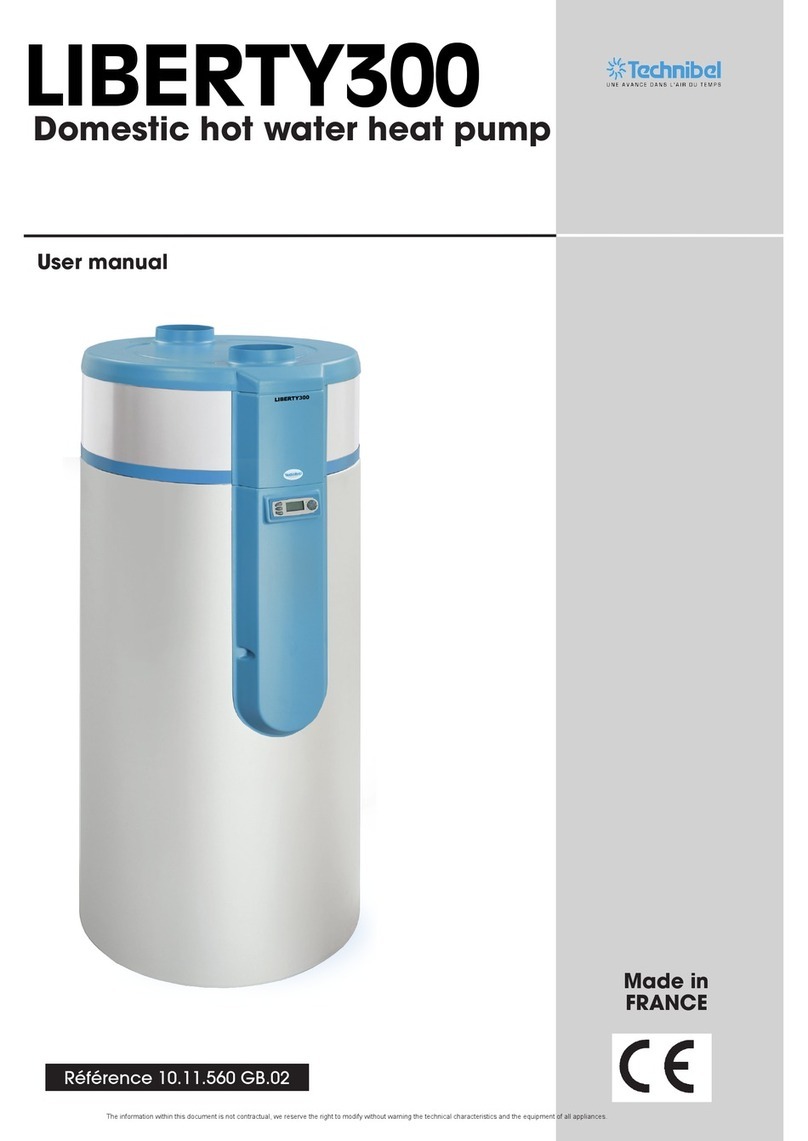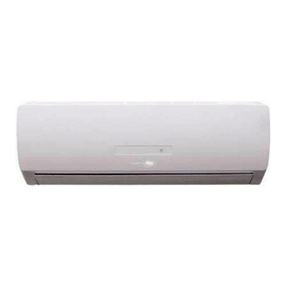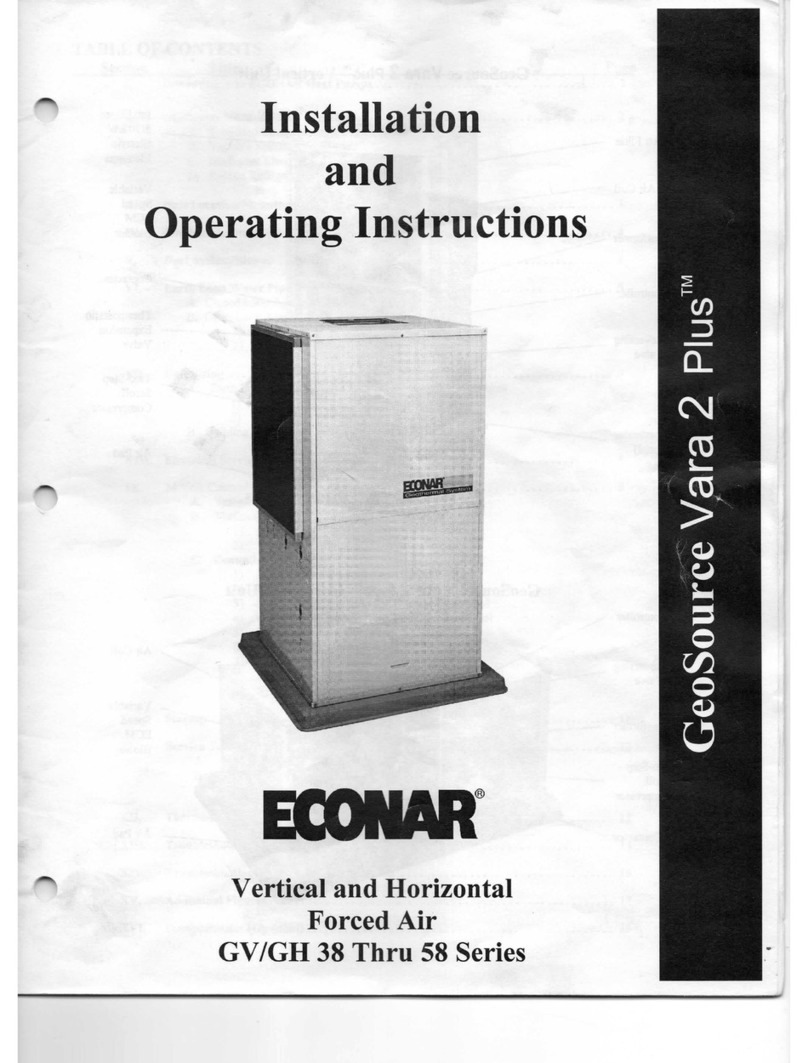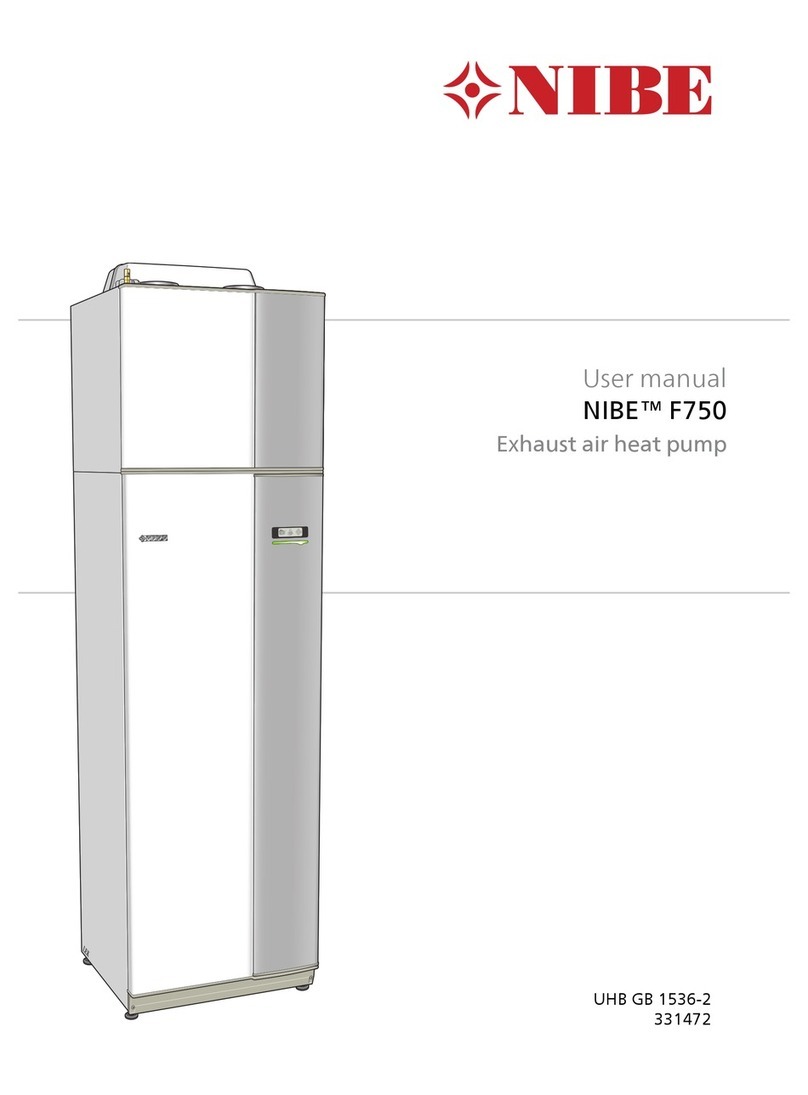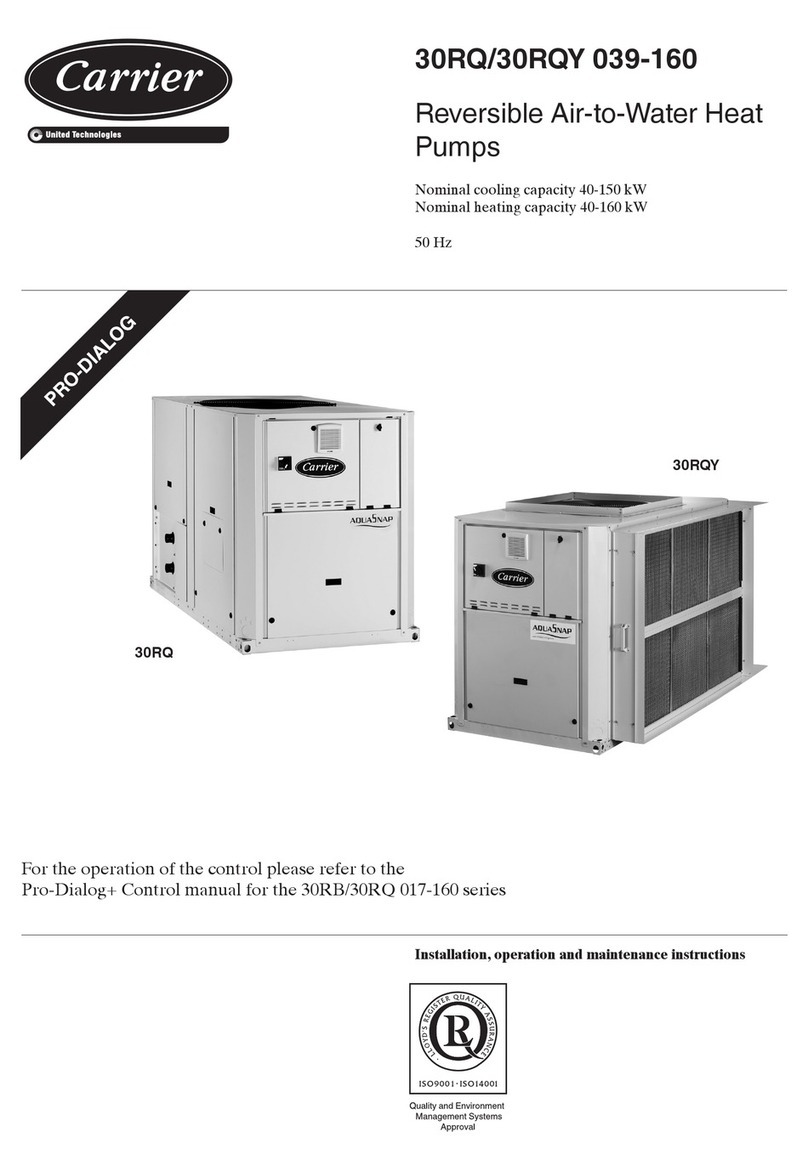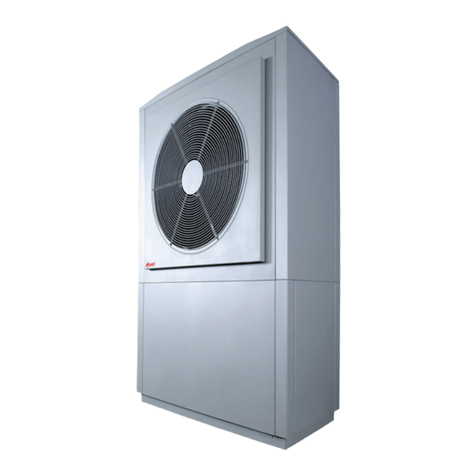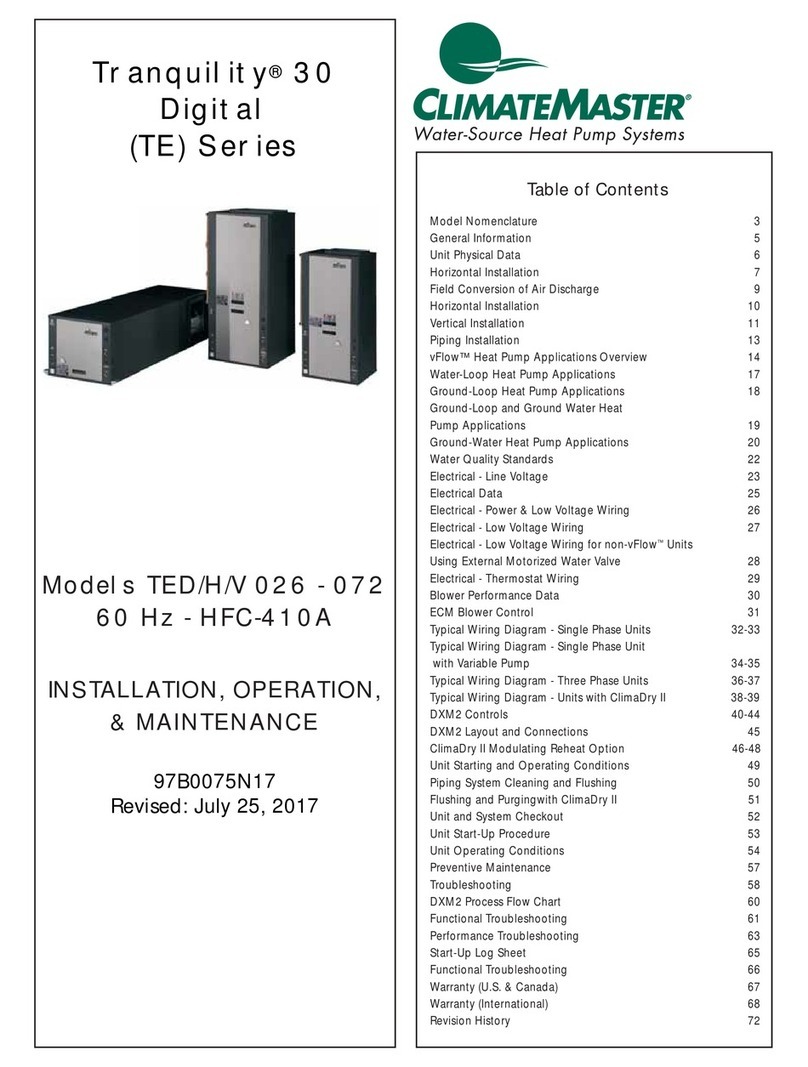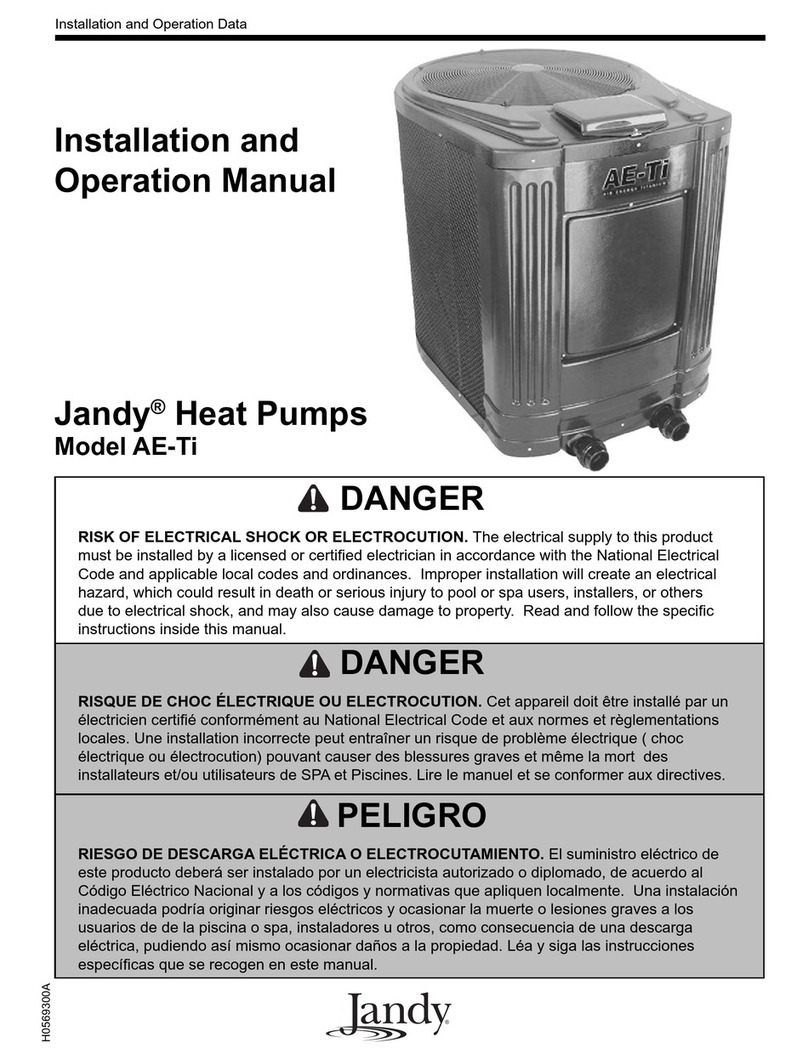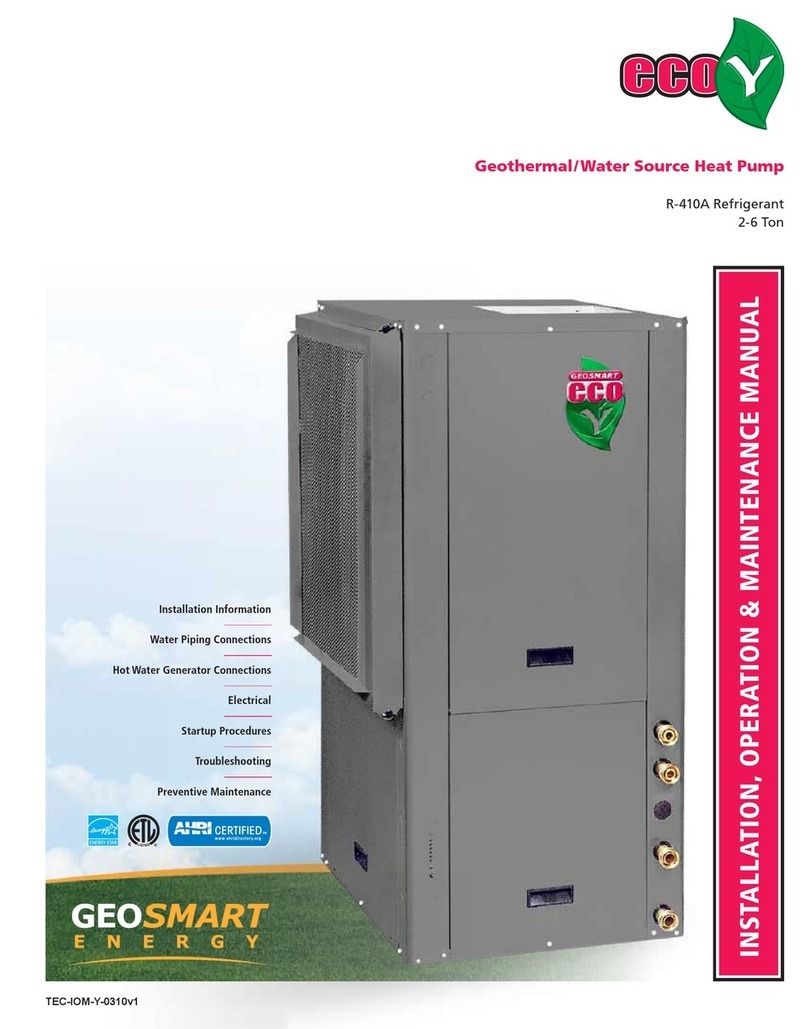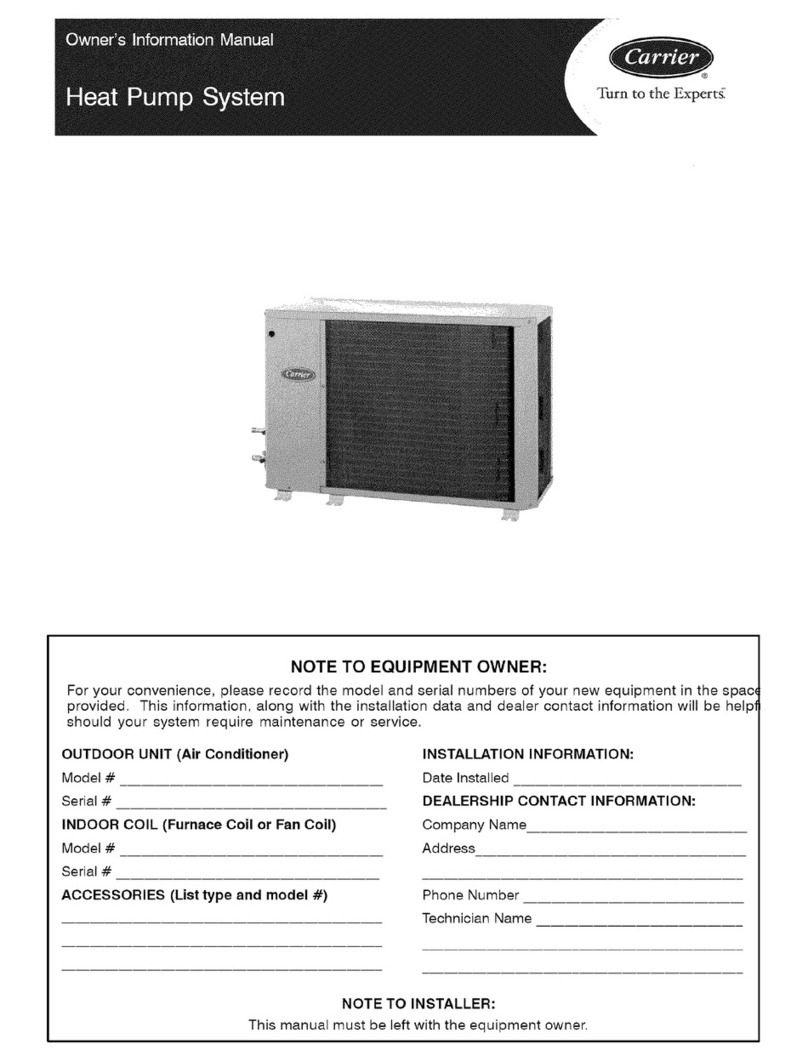
FC-3800 Facility and Installation Guide Section 2: Facility Requirements
0101-8604-0, Rev. F 2-3 FC-3800 F & I Guide
2.4.2 Drop #2 (High Voltage Supply):
Simba 2® Power Supply (15 kVA)
208-220 VAC, 50/60 Hz, 3-phase 4-wire, 90 A
380 VAC 50/60 Hz, 3-phase 5-wire wye, 60 A
480 VAC, 50/60 Hz, 3-phase 5-wire delta, 50 A
CV-6SLX Power Supply (6 kVA)
208 VAC, 50/60 Hz, 3-phase 4-wire, 30 A
400 VAC, 50/60 Hz, 3-phase 5-wire wye, 20 A
CV-12SLX Power Supply (12 kVA)
208 VAC, 50/60 Hz, 3-phase 4-wire, 50 A
400 VAC, 50/60 Hz, 3-phase 5-wire wye, 30 A
2.5 Electrical Grounding Requirements
2.5.1 System Low Impedance Ground.
Safe, dependable operation of the HV power supply cannot be ensured unless a good
earth ground is provided for the system and the power supply. This ground must provide
a low-impedance path for radio frequency (RF) and direct current (DC) electricity. This
ground must not be connected to that of any other system or equipment.
Figure 2-1 illustrates the required facility and system grounding requirements. Two 8-foot
(2.44-meter) copper-clad steel rods of ¾ inch (20 mm) diameter should be driven into the
earth as near as possible to the vacuum cubicle. These rods should be approximately 6
feet (1.85 meters) apart. After they are driven into the ground, the resistance between
them should be measured with an accurate volt-ohm meter. The maximum allowable
resistance is 3 ohms. If the resistance is greater than that value, pouring salt water or
copper sulfate down the sides of the rods may lower the resistance to the required level.
To ensure a low-impedance path to ground, the rods must be connected to each other
and to the vacuum chamber by a length of 3-inch (76-mm) wide copper strap. For runs of
less than 60 feet (18.3 meters), this strap should be 0.035 to 0.050 inches (0.9–1.3 mm)
thick. For runs longer than 60 feet, consult Temescal for specifications. The strapping
should be silver-soldered to one of the rods and secured to the other mechanically, so
that the grounding strap can be disconnected later to allow retesting of the resistance
between the rods. The other end of the grounding strap should be connected with a
grounding lug or bolt to the evaporation system’s central grounding point, an area of
clean bare metal on the vacuum cubicle wall or frame.
If the equipment is to be installed on the upper floors of a building, the system can be
grounded by connecting the vacuum chamber to the steel structure of the building. This
connection should also be made with 3-inch (76-mm) copper strapping of the gauge
specified above. Figure 2-1 also shows this alternative method.
CAUTION
Do not use braided wire for any ground connections.
CAUTION
Do not rely on water pipes to establish the system ground
connection. Multiple plumbing joints, each with tape and/or
sealing compounds, make such a ground unreliable.





















